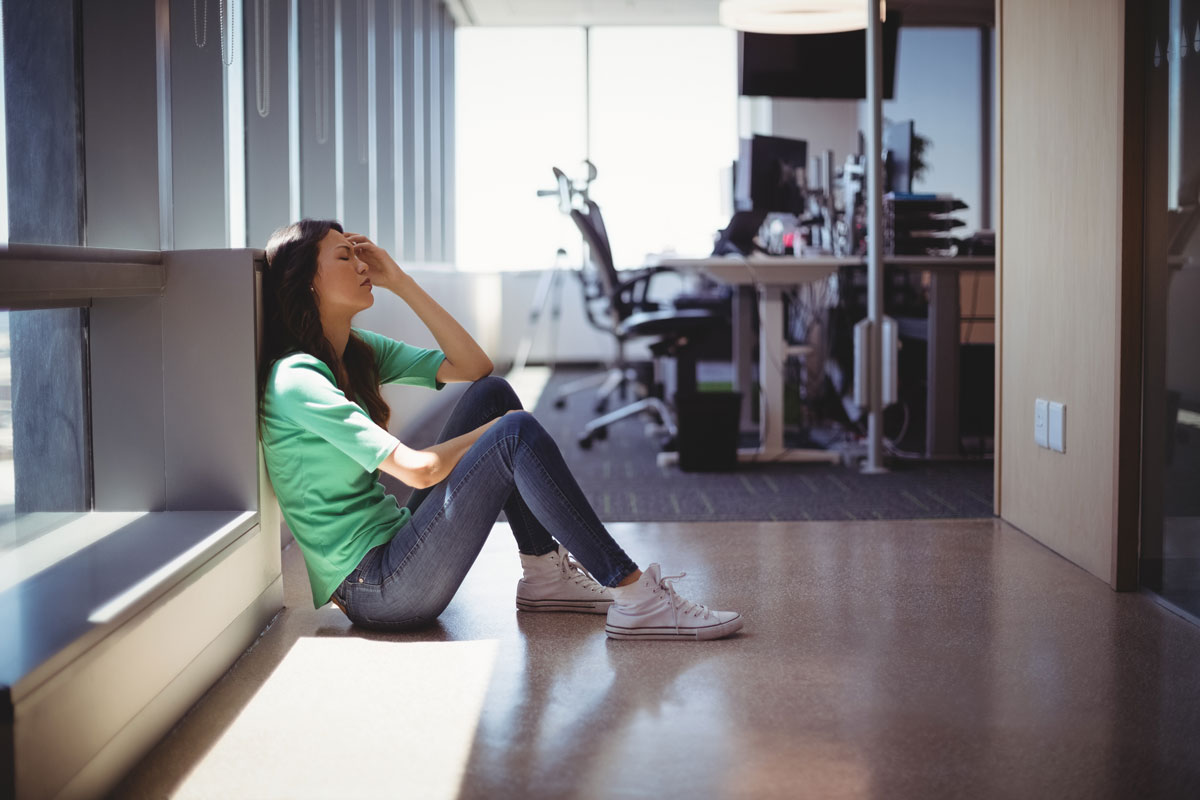Dealing with Stress and Anxiety

Anxiety can be crippling for many Americans, especially during a crisis. Every headline can add pressure, worry, and uncertainty. And during shelter-in-place orders, there are even fewer ways to deal with those worries.
Fortunately, many organizations are working hard to help people alleviate their anxiety and stress. Here are some helpful tips to breathe easy while staying at home:
- Get plenty of sleep. According to the Anxiety and Depression Association of America (ADAA), there’s a causal relationship between lack of sleep and anxiety disorders. (https://adaa.org/understanding-anxiety/related-illnesses/sleep-disorders). The good news is, there are plenty of tools available to people experiencing sleep problems due to anxiety or vice-versa. Sleep Cycle (https://www.sleepcycle.com/, free available for Android or IOS) is a free app that analyzes your sleep, records snoring and other sleep-related data including movement in order to determine when your sleep is deepest, and wakes you up gently with an alarm that learns when your cycle is the lightest. They’re also offering their premium Sleep Aid content on their app for free during the COVID-19 Crisis, which includes different soothing stories, sounds, and music to listen to if you’re having trouble falling asleep at night.
- Track and manage your symptoms. Tracking symptoms is an important part of anxiety management because it helps to identify triggers and other behavioral patterns. Anxiety Reliever (https://www.anxietyrelieverapp.com/,free available for Android or IOS) has four tools in their free app: a tracker for symptoms, audio sessions to aid relaxation and stress relief, tips to help feel less stress, and messages that are sent from AR’s support team based on and individual’s stress level.
- Get more exercise. The ADAA’s website states that not only is there evidence that active people are less anxious than sedentary people, but also that exercise can be therapeutic for those with an anxiety disorder. (https://adaa.org/living-with-anxiety/managing-anxiety/exercise-stress-and-anxiety). With that in mind, there are seemingly endless resources for exercising while safe-at-home. Several major fitness clothing brands, including Nike, Adidas, and Under Armor, offer free apps for running or other types of fitness. If you have a smartphone from LG, Google, Apple, or other major brands, you may find fitness software already installed including step counters and more. 7 Minute Workout (https://7minuteworkout.jnj.com/, free available for Android or IOS) has lots of free workouts using calisthenics like jumping jacks, pushups, and planks.
- Meditate. Daily meditation can help you learn to keep calm during anxiety episodes or through triggering events. Headspace (https://www.headspace.com/, free available for Android or IOS) will build a personalized plan while teaching you the basics of meditation. Don’t forget to breathe!
- Self-soothe with YouTube videos. YouTube offers many free videos that are soothing to watch. Veg Village Food (https://www.youtube.com/channel/UCbgYZnybgb6vPSBTxZUT2kA) , with almost 2.8 million subscribers, has dozens of videos of an Indian grandmother cooking giant meals. Lots of colors and the grandmother’s unhurried manner and mellow smile, along with soft music, make this channel a must-watch. Another great channel is Nature Relaxation Films (https://www.youtube.com/channel/UC4lp9Emg1ci8eo2eDkB-Tag), with videos that are and hour and longer, with gentle guitar music and lovely natural scenery.